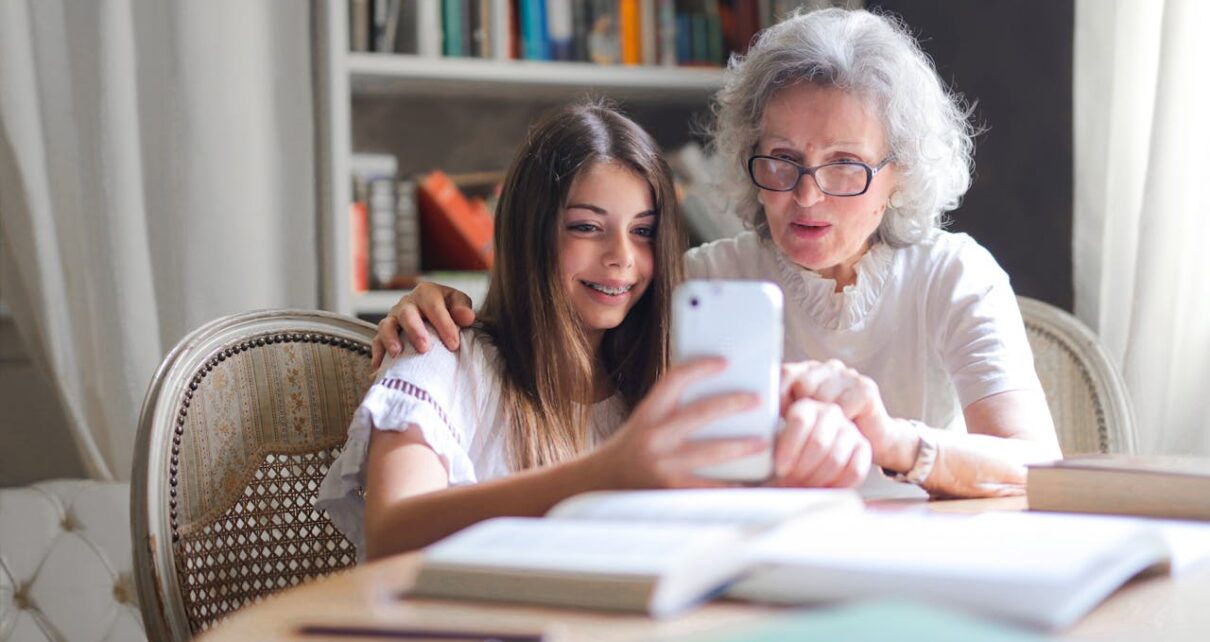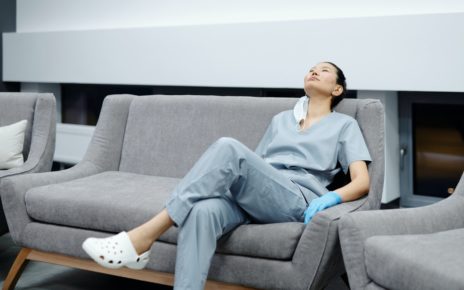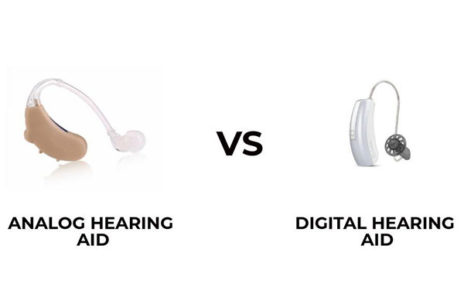Getting older comes with body changes. Some can impact health and comfort in big ways. One common problem? Varicose veins, particularly those living in senior living communities where mobility might be more limited. This guide is here to help! It gives valuable info on what varicose veins are about, their cause, and useful tips for handling them well.
What Are Varicose Veins?
Varicose veins are big, bulging, and twisted. They usually show up in shades of blue or deep purple. Faulty vein valves cause them—these let blood flow the wrong way or pool instead of flowing smoothly.
Seniors don’t treat this as just a fashion issue; there’s real pain and discomfort involved! Legs and feet suffer most often from varicose veins because standing and walking put more pressure on them. That makes it harder for blood to flow back up towards their heart.
Causes and Risk Factors
What’s the main reason for varicose veins? It starts with vein walls and valves getting weaker. Growing older makes these veins lose elasticity, which leads to stretching. When those handy little valves can’t stop blood from going backwards anymore, the blood leaks back into the vein and pools there.
Several risk factors can exacerbate this condition, including genetics, obesity, pregnancy, and prolonged periods of standing or sitting. Seniors face an even greater risk because growing old often means less muscle mass and more sedentary living habits due to age restrictions on physical activities.
Management and Treatment Options
Dealing with varicose veins involves multiple strategies. Home remedies and medical treatments both play a part. Compression stockings often top the list of solutions, as they grip one’s legs to help blood flow back to the heart.
Changing lifestyle habits can also make a difference. Getting more exercise, shedding extra weight, raising those tired feet, or not spending too much time sitting down can all ease symptoms significantly.
When these measures aren’t enough, though, medical professionals might suggest other options like sclerotherapy or laser surgery for tougher cases. Even endovenous thermal ablation is on the table, which involves less invasive procedures to close off the veins.
Prevention Tips
Preventing a problem beats getting treated for it, right? That’s true with varicose veins in seniors. Keep your weight healthy and exercise often. A high-fiber diet that doesn’t love salt too much also helps keep those pesky veins away.
Seniors should switch up how they sit or stand to get blood pumping properly as well! Regular meetings with healthcare providers will spot signs early enough before things escalate into bigger health trouble.
Conclusion
Varicose veins are a common issue. They affect many seniors but can often be managed well enough! Knowing what causes varicose veins and the risks they bring lets people make smart choices for their health. Remember, though, to always consult healthcare pros since personalized advice tailored just toward individual health needs matters big time.



